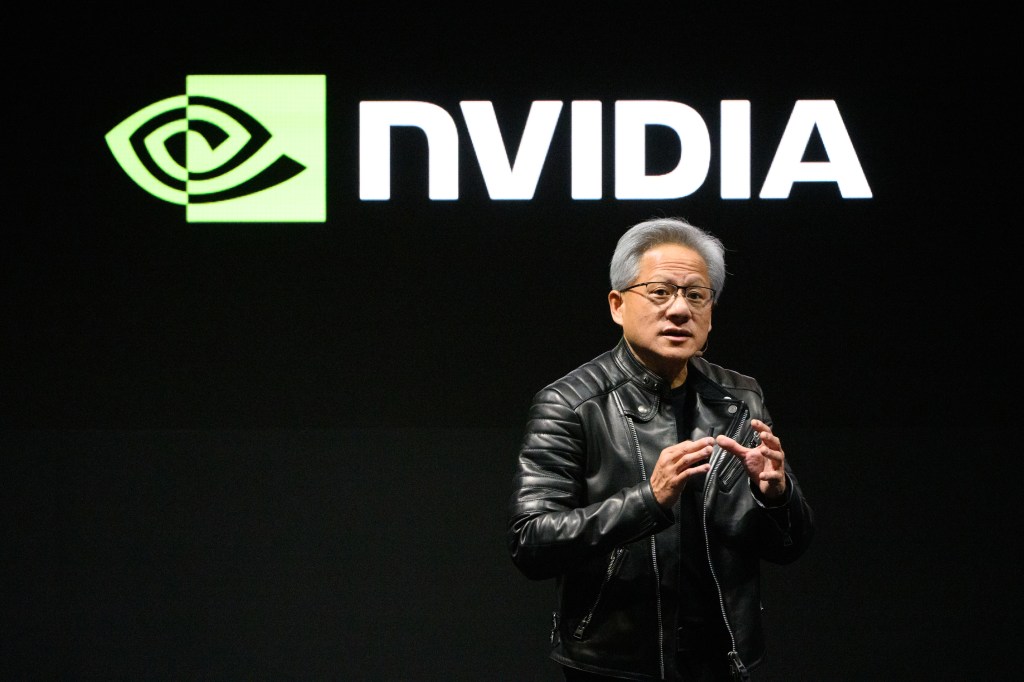In a significant move to enhance online safety for younger users, Instagram, owned by Meta Platforms, has introduced artificial intelligence (AI) technology to identify and manage accounts where users may have misrepresented their age. This initiative aims to ensure that teenagers experience the platform within a framework designed to protect their well-being.
AI-Powered Age Verification
Instagram’s AI system proactively scans user profiles to detect signs that an account holder might be underage, despite claiming to be an adult. Indicators include the nature of content shared, interactions with other users, and even celebratory posts like birthday messages. When the AI identifies a potential discrepancy, the account is automatically transitioned into a Teen Account, which comes with specific protective measures. ([apnews.com](https://apnews.com/article/94f1f9915ae083453d23bf9ec57e7c7b?utm_source=openai))
Features of Teen Accounts
Introduced in September 2024, Teen Accounts are tailored for users aged 13 to 17, offering enhanced privacy and safety features:
– Default Privacy Settings: Accounts are set to private by default, ensuring that only approved followers can view content.
– Restricted Messaging: Direct messages are limited to existing connections, reducing unsolicited interactions.
– Content Limitations: Access to sensitive content, such as violent videos or promotions of cosmetic procedures, is restricted.
– Usage Notifications: Users receive alerts if their screen time exceeds 60 minutes.
– Sleep Mode: Notifications are disabled between 10 p.m. and 7 a.m., promoting healthier usage patterns. ([lemonde.fr](https://www.lemonde.fr/en/pixels/article/2024/09/17/meta-launched-teen-accounts-for-minors-on-instagram_6726367_13.html?utm_source=openai))
Parental Involvement and Controls
Recognizing the pivotal role of parents in guiding their children’s online experiences, Instagram has introduced tools that allow parents to:
– Monitor Usage: Track their child’s recent interactions and screen time.
– Set Usage Limits: Enforce specific usage times to ensure balanced online activity.
– Oversee Messaging: Supervise direct messages to safeguard against inappropriate communications. ([theatlantic.com](https://www.theatlantic.com/technology/archive/2024/09/instagram-teen-safety-features/679904/?utm_source=openai))
Global Context and Regulatory Landscape
The implementation of AI-driven age verification aligns with global efforts to enhance online safety for minors. For instance, Australia has legislated a ban on social media access for individuals under 16, set to take effect in late 2025. This law mandates platforms like Instagram to enforce age restrictions or face substantial fines. The enforcement mechanism is currently under trial, evaluating various age-verification technologies, including biometric age estimation and document-based verification. ([reuters.com](https://www.reuters.com/technology/after-australia-legislated-teen-social-media-ban-it-has-figure-out-how-enforce-2024-11-28/?utm_source=openai))
In the United States, states like Utah have proposed age-verification rules requiring social media companies to confirm that users under 18 have parental permission. Proposed methods include analyzing mobile subscriber information, facial analysis, and matching government IDs with live webcam images. Non-compliance could result in significant fines. ([axios.com](https://www.axios.com/local/salt-lake-city/2023/10/17/age-verification-law-rule-social-media?utm_source=openai))
Challenges and Considerations
While AI offers a promising solution to age verification, it is not without challenges. Concerns have been raised about the accuracy of AI systems, especially regarding potential biases related to gender and skin tone. For example, studies have shown that some AI age estimation tools may have higher error rates for female subjects and individuals with darker skin tones. ([theverge.com](https://www.theverge.com/2022/6/23/23179752/instagram-age-verification-ai-social-vouching-methods?utm_source=openai))
To address privacy concerns, Instagram has partnered with Yoti, a British age-verification company. Yoti’s technology estimates a user’s age based on facial features and deletes the image immediately after verification, ensuring that personal data is not retained. ([inkl.com](https://www.inkl.com/news/instagram-announces-ai-age-verification-on-new-teen-accounts?utm_source=openai))
Conclusion
Instagram’s adoption of AI for age verification represents a proactive step toward creating a safer online environment for teenagers. By combining technological innovation with parental involvement and aligning with global regulatory trends, the platform aims to balance user engagement with the imperative of protecting its younger audience.



